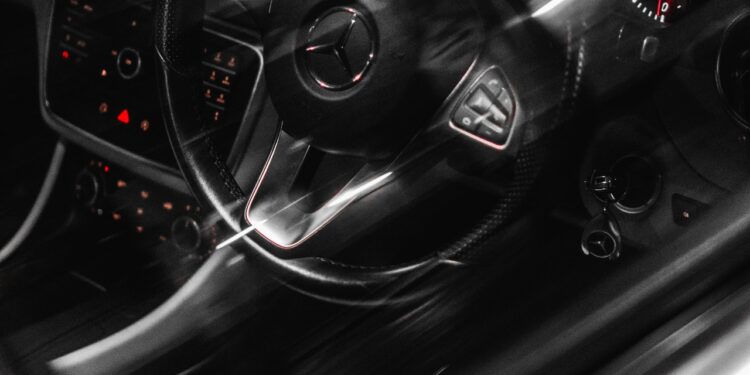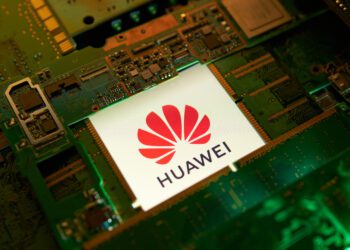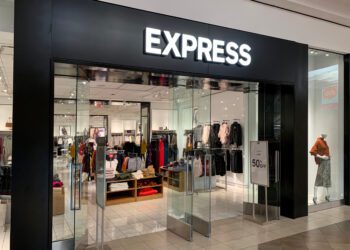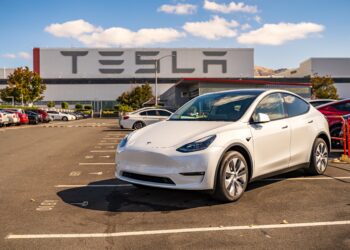The Chinese automotive market has been essential for the business of OEMs for more than a decade—and will be even more indispensable in the post-COVID era. But given the fierce competition, the strong position of the state, and customers’ quickly changing demands, OEMs must gain a precise understanding of what they need to thrive in this quickly evolving market.
This study thoroughly investigates the bold steps that OEMs and dealers must take to continue to thrive. It combines a survey of 1,050 Chinese consumers and 250 Chinese car dealers with in-depth interviews with industry executives and thought leaders.
Our study found that:
- ½ of all cars sold globally are sold in China (Q2/2020).
- 20% of all cars sold in China will be NEVs by 2025.
- 2-3 new vehicles are being launched in China every day.
Chinese consumers are demanding an entirely new way of buying cars
In a move to captivate the tech-savvy Chinese car buyers, digital behemoths like Baidu, Alibaba, and Tencent are seeking to establish themselves as the go-to-resource for used and new car purchases. As internet businesses, these platforms particularly thrived during the COVID-19 imposed restrictions on physical transactions. And OEMs have taken notice. More than 50 brands participated in Tmall’s latest Double 11 shopping campaign. BMW is entering into a large-scale strategic partnership with Alibaba to accelerate its digital transformation. And Tesla recently attracted 4 million viewers when the Chinese online celebrity Wei Ya presented the brand’s models in an hour-long video stream.
Clearly China is a unique market for piloting and perfecting automotive sales strategies of the future but demanding customers will likely require more sophisticated concepts than pure online sales.
The role of Chinese dealers is changing drastically
Independent dealerships are the backbone of the Chinese automotive retail industry and almost all of them use digital tools to support sales and marketing. Fifty-six percent of dealers view digitization and developing an online presence as their top priority for investments in the next three to five years. However, their business is increasingly being disrupted by online platforms as dealers, too, are struggling to satisfy consumers’ changing demands.
There are several challenges with traditional automotive sales. A lack of price transparency for the customer and barriers between online and offline channels with clumsy workarounds are the most prevalent. But with its ultra-fast pace, the Chinese automotive market may already have found a solution. Innovative startups such as Aiways or NIO are tightly managing the online and offline sales journey, guaranteeing a seamless experience and competitive prices across channels and dealers.
The idea is gaining traction with Chinese dealers too.
The road towards future sales in China
Enhanced by the COVID-19 pandemic, OEMs and their dealers have accelerated their search for more efficient ways to sell cars in China. In fact, almost all OEMs and investors that we interviewed acknowledged that it’s time to reinvent the automotive sales model. But to truly win the race for China’s consumers, OEMs must take a bold step. Only a paradigm shift can shield them from impending disruption: they must put the customer front and center.
This change must offer benefits to OEMs and dealers alike. Creating truly seamless online-offline customer journeys, providing touchless sales that have become the norm during the COVID-19 pandemic, and satisfying customer demands for transparent, haggle-free prices can unlock the strategic and financial levers that are needed to stay ahead of the innovation curve in China.
By Dr. Maximilian Holtgrave & Johannes Trenka
About the authors: Dr. Maximilian Holtgrave works Accenture Strategy, CEO and Enterprise Strategy; Johannes Trenka is Managing Director, Accenture Strategy, CEO and Enterprise Strategy.












